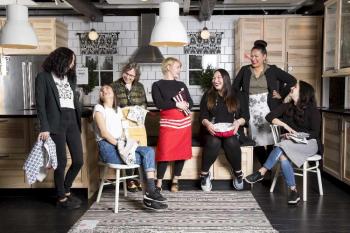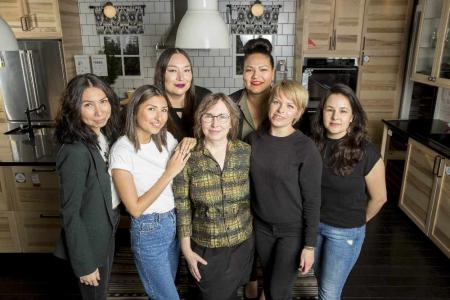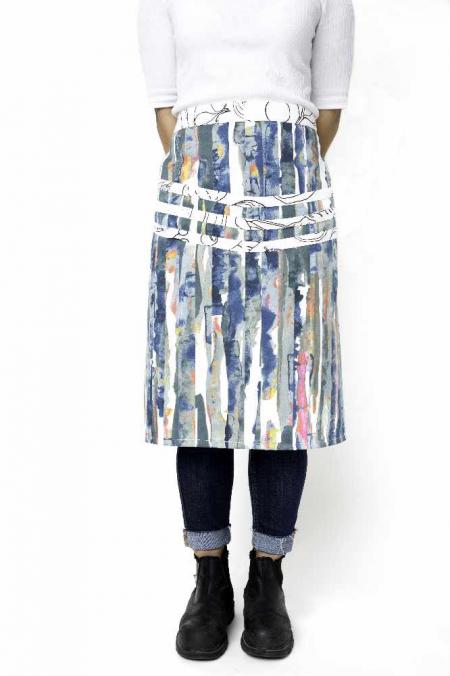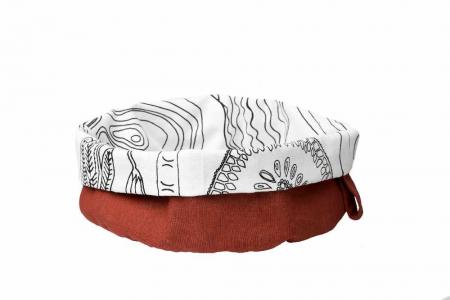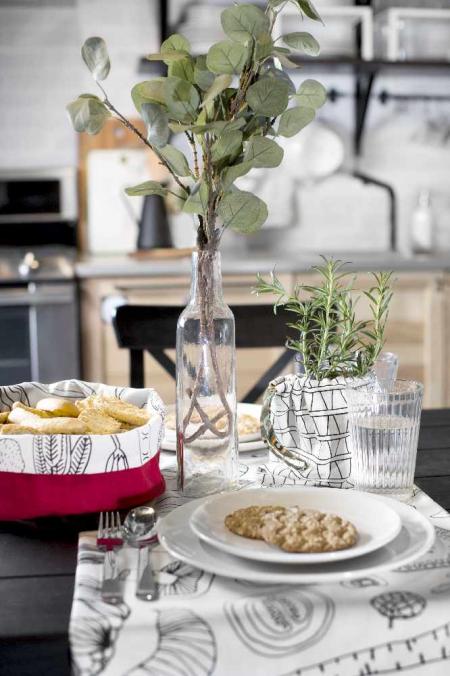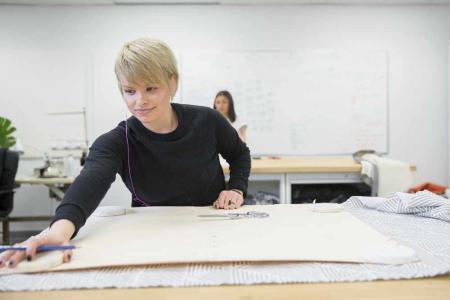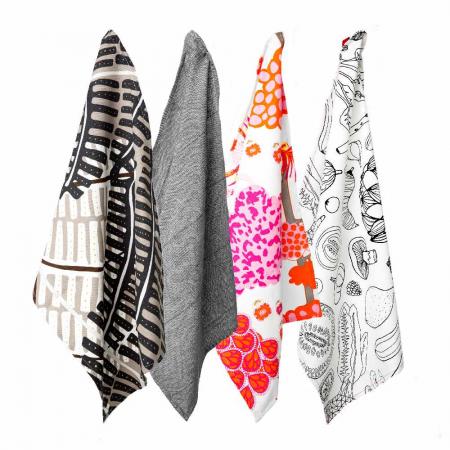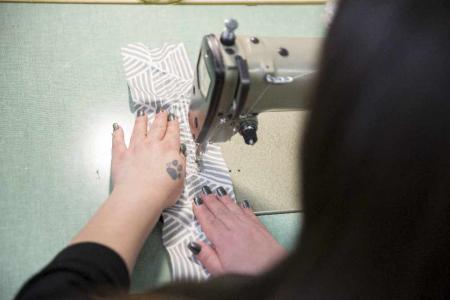{ALBUM_998675}
By Andrea Smith
Windspeaker.com Contributor
Popular furniture manufacturer, Ikea Canada, has partnered with an Indigenous fashion group to create a new line of items with an Indigenous twist.
The project comes out of the Etobicoke, Ont. store, with the goal on Ikea’s end being to take used material that would have gone to waste, and salvage it, while working with a smaller group or organization to help build their business.
Setsune Indigenous Fashion Incubator is the group that undertook the project with Ikea, Setsune's goal being to create appealing and educational items, while not commodifying Indigenous culture.
“It was a big conversation, because it was the first year they were doing it here in Canada. And it was also launching a project that was strictly with Indigenous women,” said Sage Paul, one of the founders of Setsune.
“There was conversation around ‘You can put applicae on it’… They would say ‘Put an Indigenous symbol on it’ and then we would have to step back and say ‘Well then you’d have to educate people...’ We geared away from anything symbolic, because we’re not trying to sell our culture,” said Paul, explaining how difficult it was to manage the issue while carrying out the work.
Paul was accompanied on the project by fellow Setsune co-founder Erika Iserhoff, and fashion artists from the Ts’kwe Makers Atelier team—Jodi Lynn Maracle, Skye Paul, Kitsune Soleil, Rosary Spence, and Theresa Stevenson—as well as their production mentor, Shawn Grey.
Together, the group created a collection of kitchen items, hand-making 200 of each of four specific Ikea approved items they felt best represented Indigenous culture. Ikea calls the collection, ÅTERSTÄLLA, which means to “restore, heal, and redecorate” in Swedish, a set of values Paul says are also found in Indigenous culture.
“Our culture is about not letting anything go to waste. I thought about hunting, and using part of the animal, which would do in the kitchen,” said Paul, adding that this helped inform her and Setsune’s decision about which four items they wanted to use in the new line of products.
“The tea towel you can use for cleaning up things or bundling… the small pouch is for herbs, or to bring to a ceremony…. With the small basket, it’s that idea of bundling items, whether it’s for feasting or preparing or storing food.”
The last item they chose was an apron, which they were able to add their own special touch to—a special red ribbon detailing.
“I guess it’s a nod to culture and what we would usually see on ribbon shirts and skirts. I grew up making designs like that myself. It’s really about creating something unique and beautiful and Indigenous,” she said.
Brendan Seale is the head of sustainability for Ikea, nationally. He oversaw the project, and worked with Setsune throughout the process. Ikea has worked on projects similar to this one in other countries, but this is the first time in Canada, he said. And it took some time to move from the planning phase, to the production phase—which was significantly shorter.
“We met with them two-years-ago,” said Seale, of the first time he and Ikea first reached out to Setsune. “It took a while to overcome some challenges and ensure the budget, and ensure we had enough material, but of course it was a long process to bring it to life… The production process was six-weeks,” he said.
According to Seale, Setsune was finally given time and space this spring, at the Etobicoke location, to work and put their pieces together. Most of Ikea’s “waste” material comes from items like old couch cushions or material that was used in in-store displays, says Seale. And though the items Setsune worked on are a limited edition—available only through the Etobicoke, Ont. store—Seale hopes it is just the beginning for projects like this in Canada.
“We were looking to drive waste out of our business and we’re increasingly interested in this idea of a circular economy where we can mix value of resources in our economy and business,” he said.
“The collection for us is profitable…. But certainly there’s more value to it than that…. We learned so much from partnering with Setsune, and it really allows us to be the type of community member we want to be,” he said.
Gallery
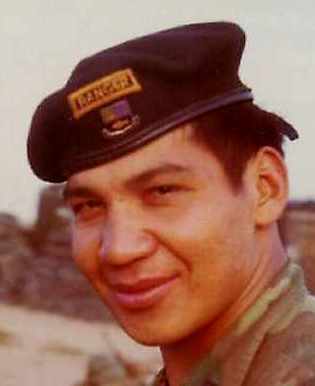
~ Boye Ladd
Windspeaker.com
Sweetgrass is used for the Mind or bad dreams.
Sage is used for the Body, i.e. protection and to keep bad things away!
Cedar is used to smudge objects, such as Pipes, Bundles, Feathers.
Indian Tobacco is used in time of Prayer.
It is not the object (smudge or incense) that brings the Spirits to your Circle or Prayers, but the Scent that the Spirits are attracted too...

